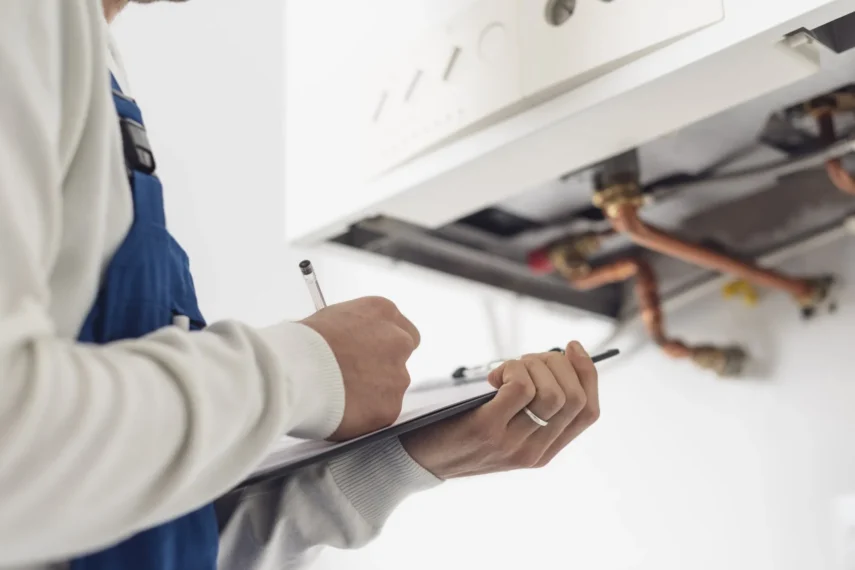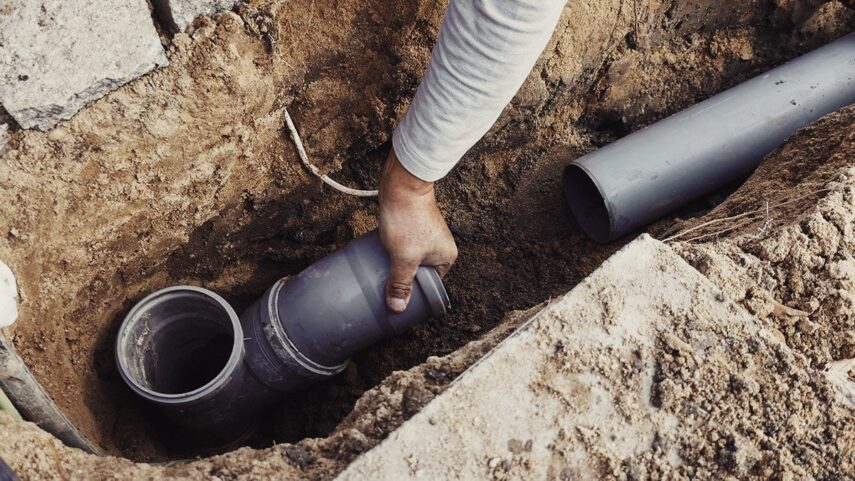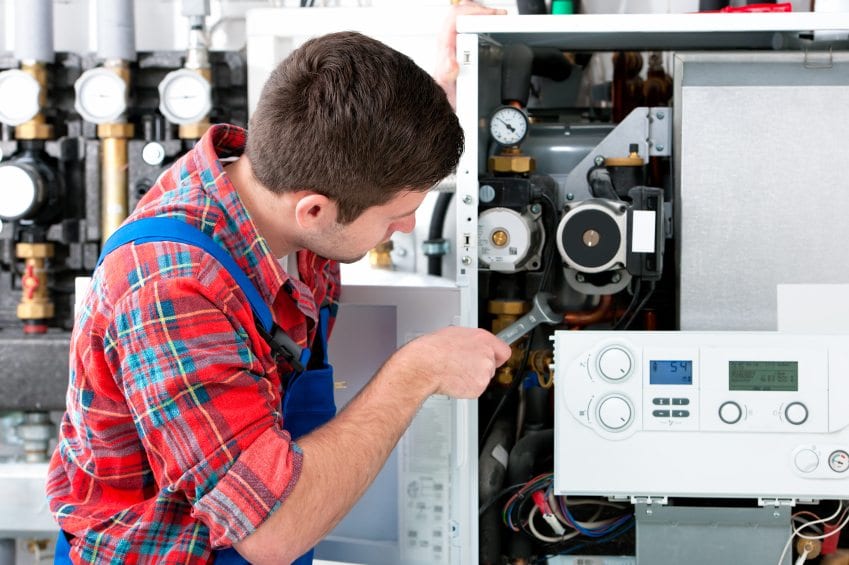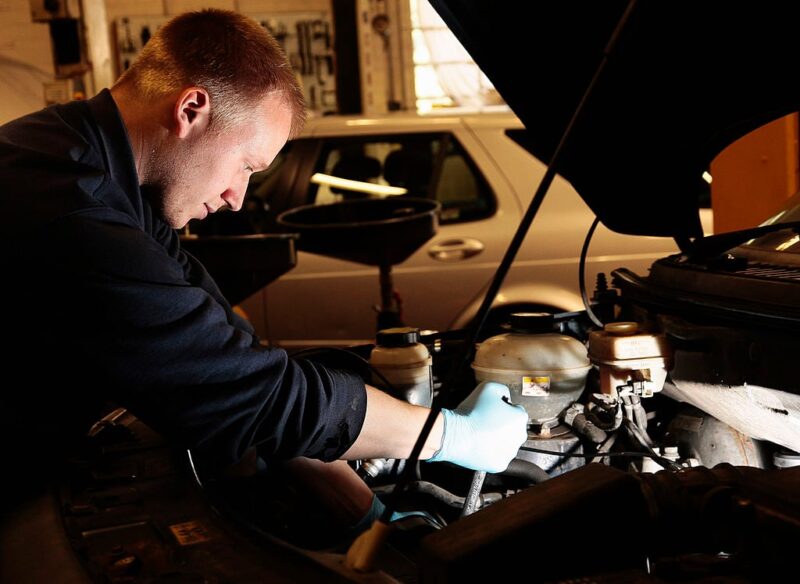Plumbing is an integral part of your home. It is essential as it supplies water to and from your family abode, and also for the removal and drainage of sewage and other unsavoury matters.
Ensuring this is up to scratch can save much heartache and expense at a later stage. Plumbing catastrophes can be very dear.
Here are some tips of what to look out for if you are buying an established home or how to plan your plumbing if you are building a new home.
Pre-Purchase Inspections

It is advised to get a Building and Pest Inspection carried out by a licensed professional prior to purchasing a property. This may help identify any possible hazards or issues within the building and give adequate time for the current home owner to address, or for the buyer to reconsider procuring the building.
A Building and Pest Inspector may or may not be a licensed and trained professional in other fields, such previously being employed as electrician or plumbing. They can usually identify probable issues and bring them to your attention.
Licensed professionals, such as activeplumbing.com.au are available to assist you in conducting a more detailed inspection on properties as required. Prior to purchase, liaising with the current home owners is required to determine permissions and a suitable time for the works to be conducted.
There are a number of things to look out for when purchasing a property. Plumbing issues are potentially devastating and expensive to rectify.
Identifying them early may save heartache and unnecessary expense if they can be addressed and reformed.
Here are a few things to look out for if you’re buying a home.
1. Sewer line

This line links the toilets and drains to the main ones in the city. But with age comes wear and tear and the capacity to break down and leave an undesirable litter of raw sewage in your garden or house.
2. Septic System
Very few homes still have these, but it’s still important to check for broken pipes. These tanks are usually very close to the house, so the capacity for real disaster shouldn’t be ignored. Look out for large trees near the system, as they may become entwined with the mechanism of the unit.
3. Hot Water System

We all love a hot shower of coffee and the kids sure enjoy a warm bath. The chief item that enables this is the hot water system. But, as with all things, their reliability begins to decrease over time. If the system is over ten years old, it might be an idea to get a licensed plumber to inspect the unit for you.
4. Strange smells coming from drains in bathrooms
Although some bathroom and toilet smells can be attributed to blocked drains or the use of shampoos and soap substances, there might be a matter of concern if the smell is quite pungent.
In these areas, there is also the potential for methane gases, which can cause nausea, dizziness and headaches. In cases of extreme build up, it can also be flammable.
Ask your plumber to check for blockages or any other factors which might cause difficulties.
5. Leaks

Although the evidence of water leaks in the home is often hidden, it can cause a lot of damage. Walls and floors and surrounding material can be badly damaged often beyond repair.
One way to check for a leak is to turn the water meter at the front of the property of. If the meter still moves with no water usage, then there is quite likely a leak. How fast the meter moves may be a good indicator of if the leak is a small one or a larger one.
6. Flexible Connector hoses
These little hoses can carry up to 1500 litres of water per hour. Be sure to check them all for rust spots, kinking, discolouration and fraying. Replace them immediately if you notice any of these.
7. And those other pipes in the sinks too

Check all the pipes for rust and wear and tear, as well as discoloration. Any of these symptoms can indicate possible concerns, such as the pipes being near to becoming less effective as desired.
8. Taps, shower heads and other fixtures
If you turn on the taps and shower and the water flow is steady and strong, the water system is most likely healthy.
The water should drain from the toilet, shower, and sinks should drain quite quickly.
If, however, its slow and sluggish, it might be an idea to get it checked.
Plumbing tips if you’re building
It may initially appear as though the plumbing aspect of building a new home is relatively simple. But you’ll need to ensure that everything complies with the relevant building codes and Australian Standards.
Firstly, and most importantly, employ only qualified professional plumbers. This will ensure your water requirements are completed by trained professionals who can provide the right advice, which is up to code and Australian Standards.
Professional plumbers can assist you with the planning stage of your new home too, not just the installation.
Have a precise plan of the plumbing. This includes the route the pipes will take, as well as the size and types used.
Don’t skimp on the costs of plumbing materials. Cutting costs in the start up stages may ultimately cost you a lot more down the track. The cheaper products might be of a lesser quality and are thus likely to degrade at a much faster rate than their more costly options.
Some homeowners colour code their piping to make it easier to locate and track at a later stage and to help identify the required piping if they are needed to be accessed down the track.
Try to keep the water rooms, such as bathrooms and laundry in close proximity to each other so they can share elements of the same system.
This also decreases the amount of piping and connections required, which in turn, lessens the volume of areas for plumbing mishaps and issues.
Related Posts:
- Plumbing Made Easy: Tips For DIY Pipe Repairs And…
- 7 Location Tracking Tips & Tricks you Should Know -…
- What You Should Know When Playing at Online Casino…
- Smart Financial Management Tips Every Business Owner…
- 7 Useful Free Fire Tips & Tricks Both Beginners and…
- Ironman Mode: Tips and Tricks Every RS3 Beginner Should Know







